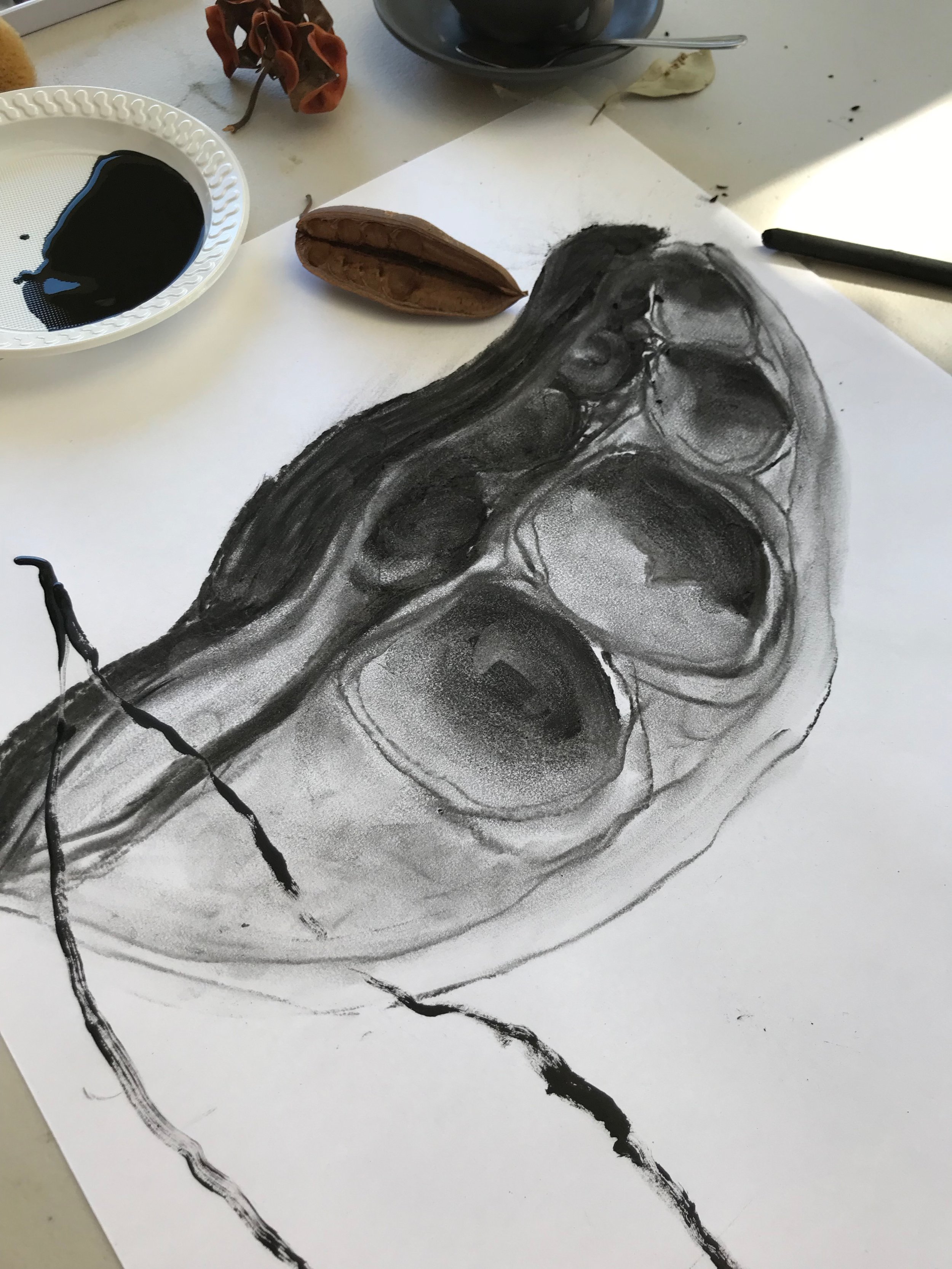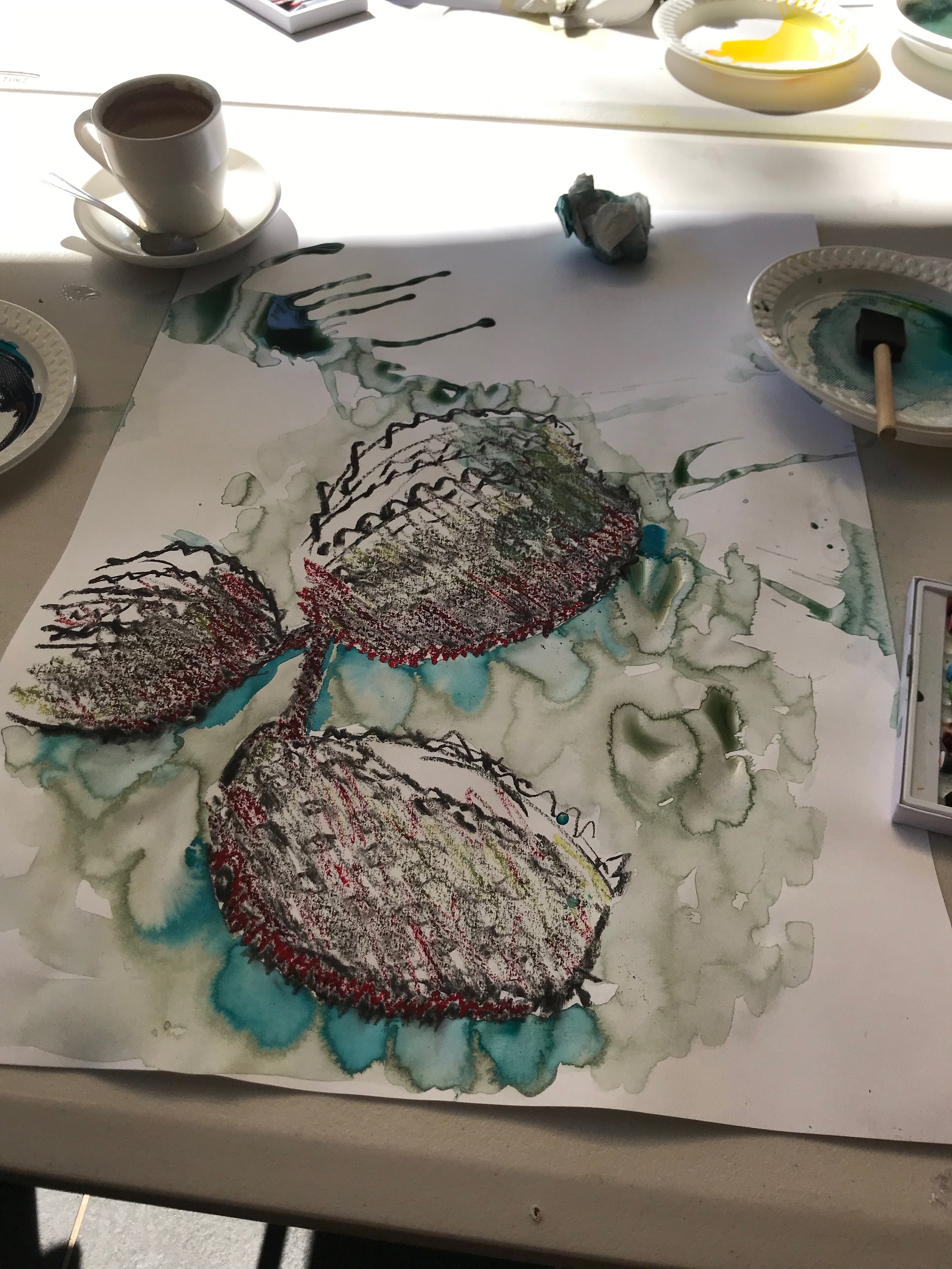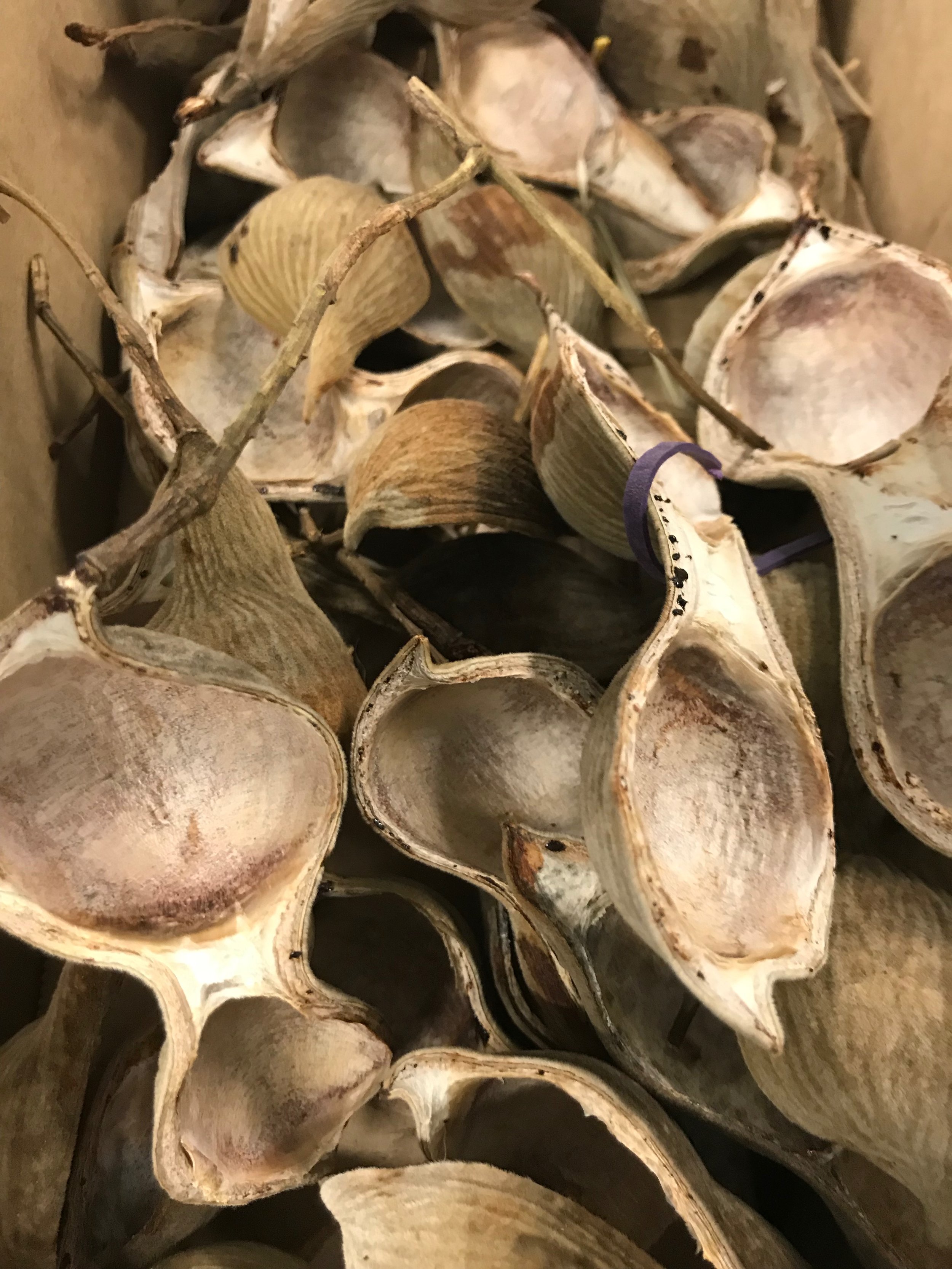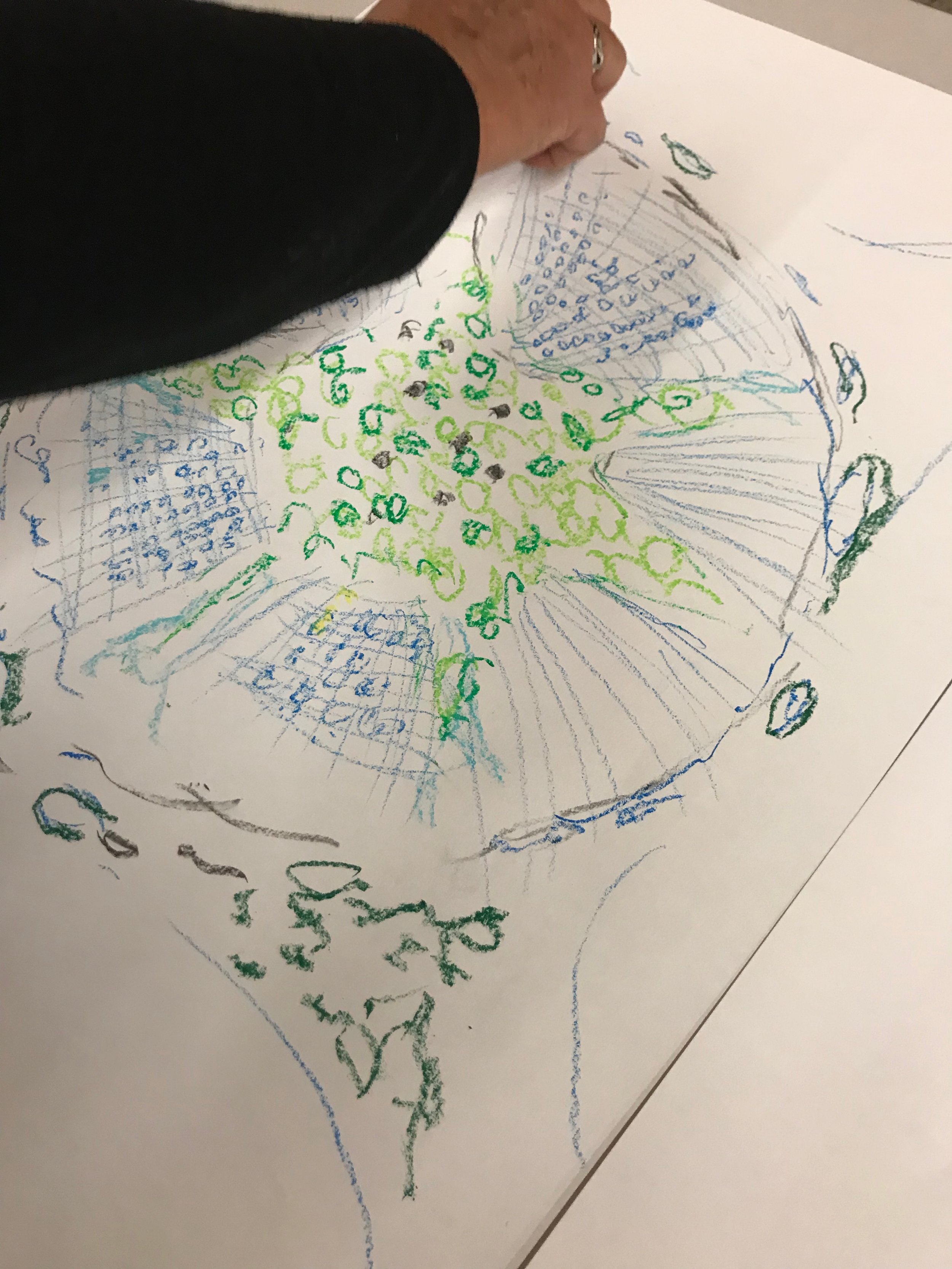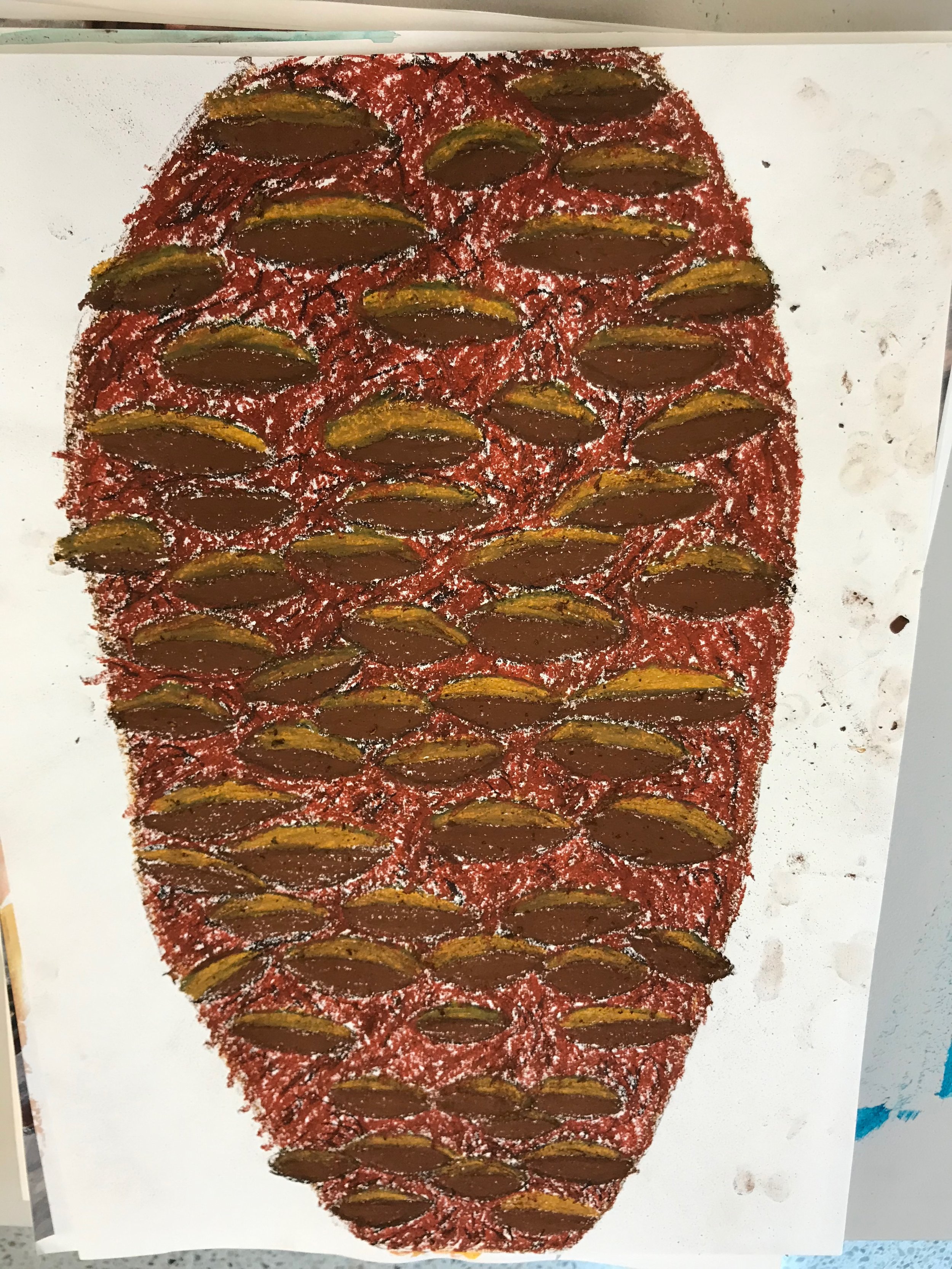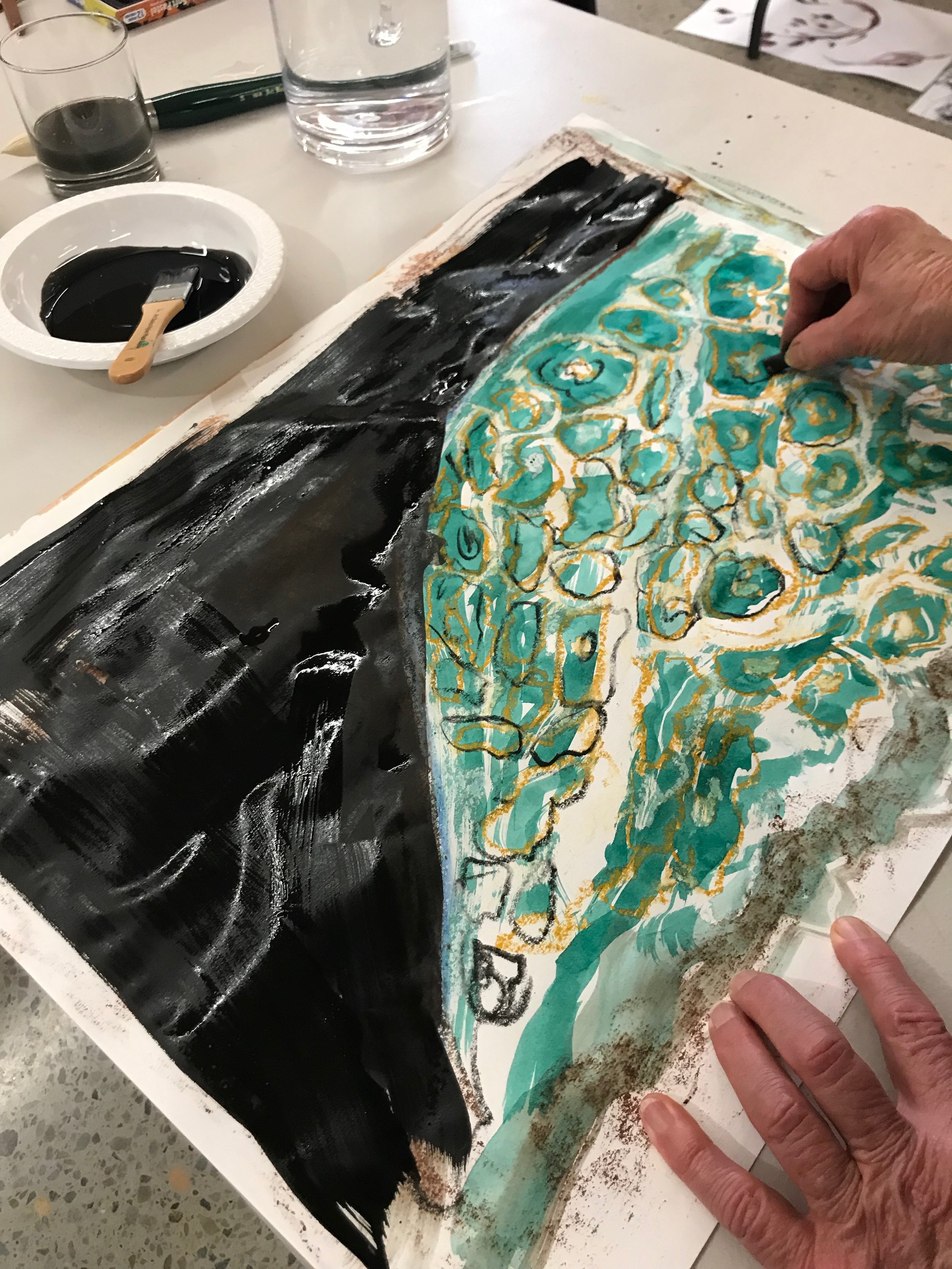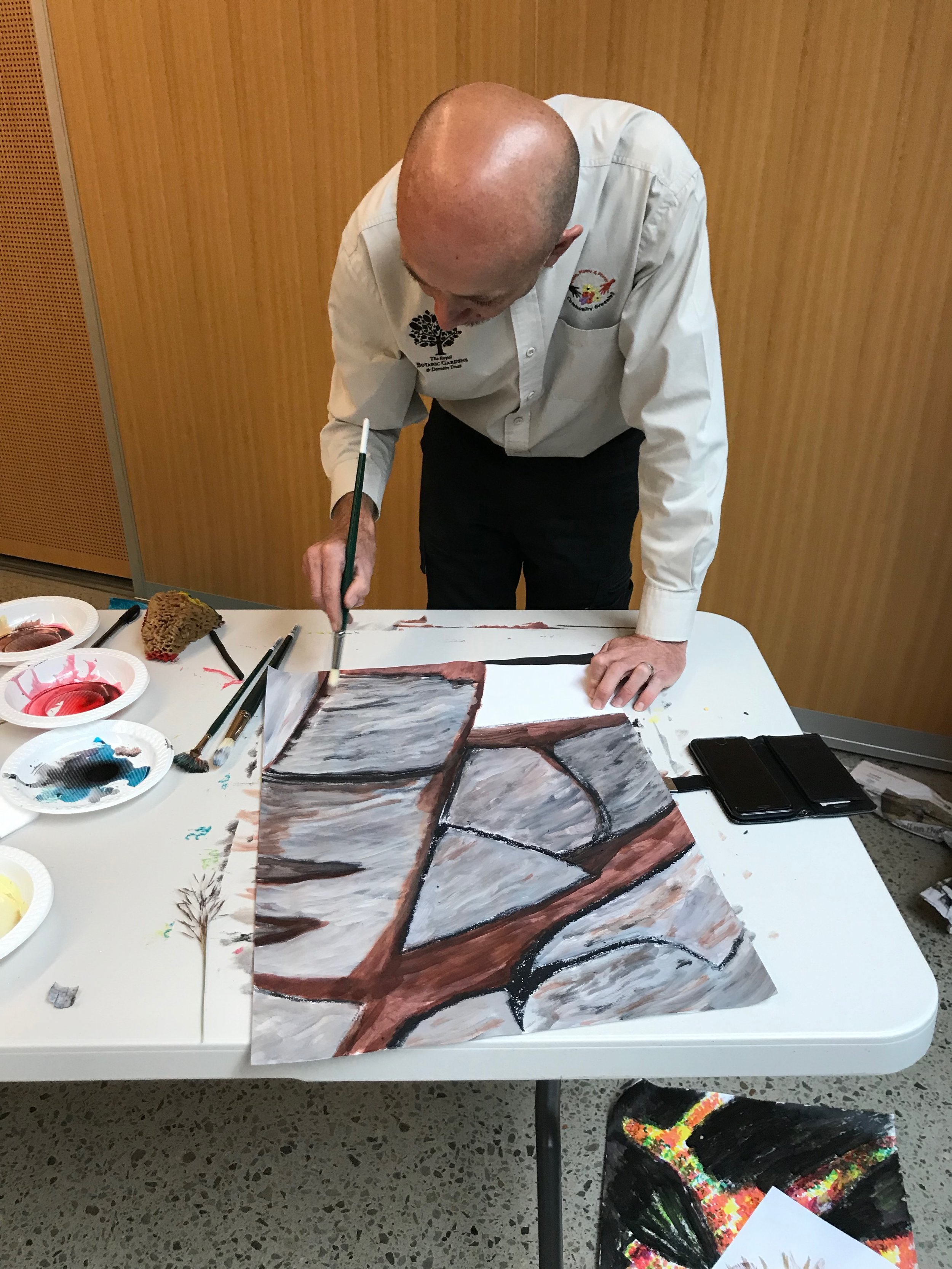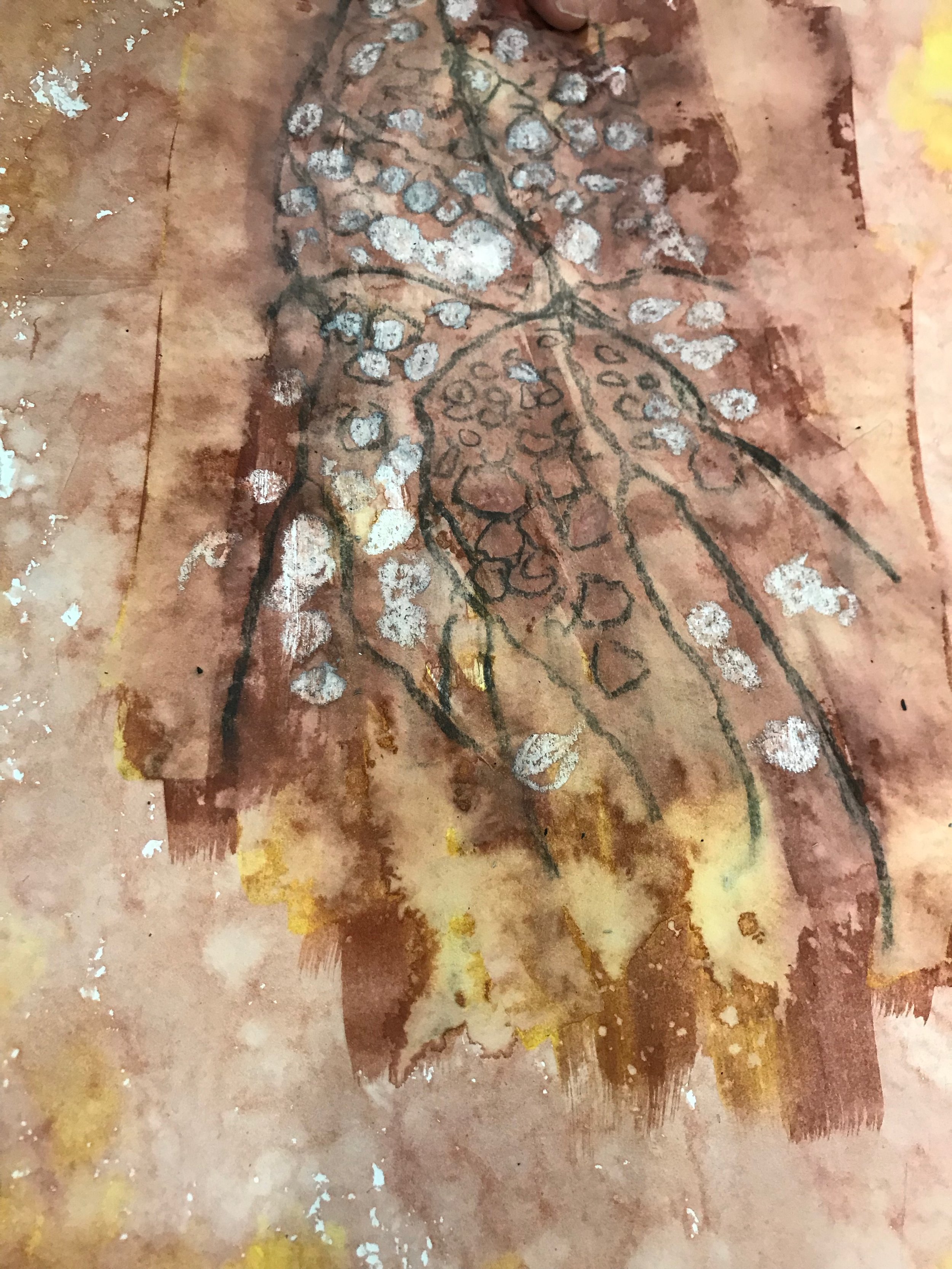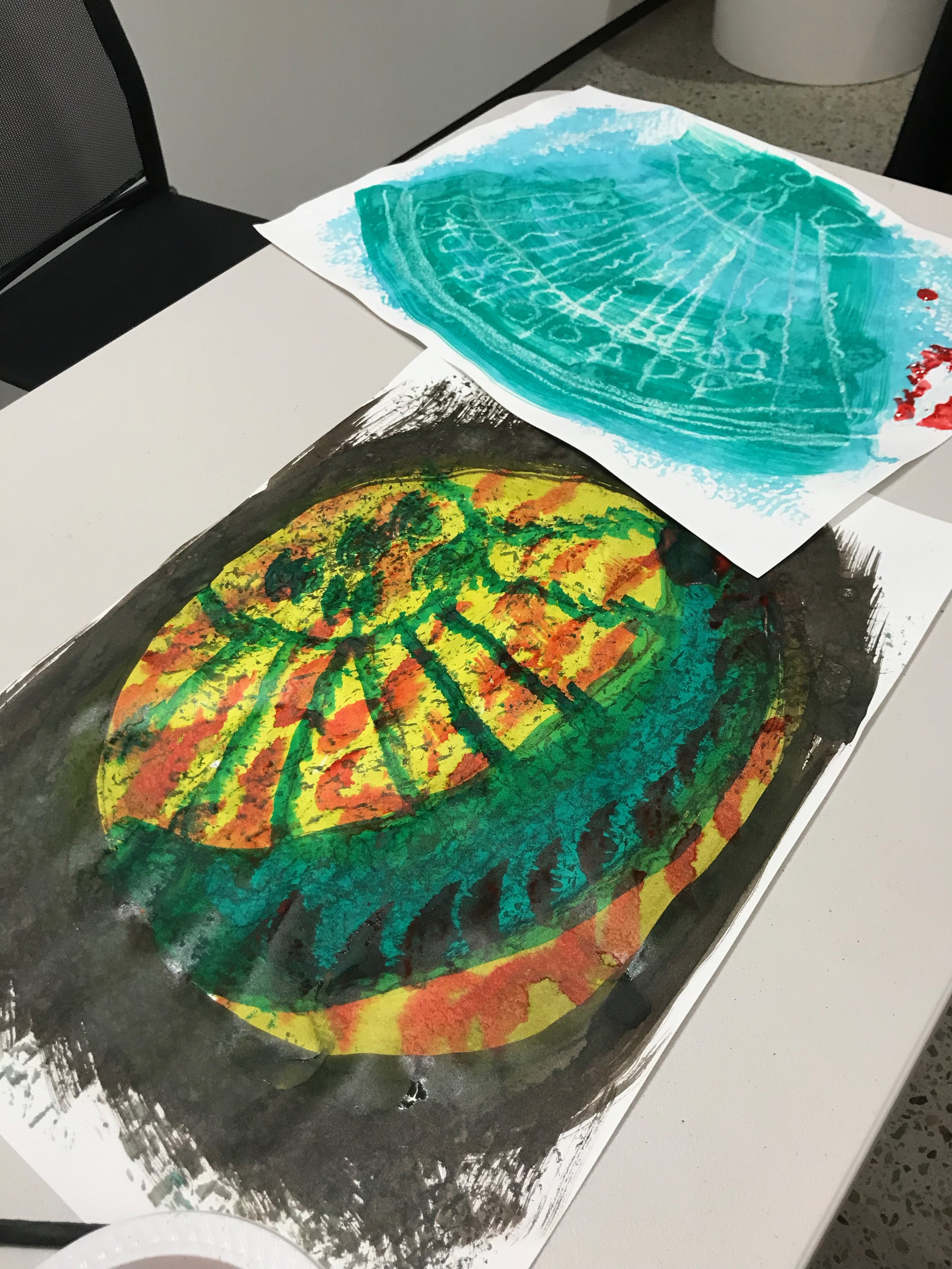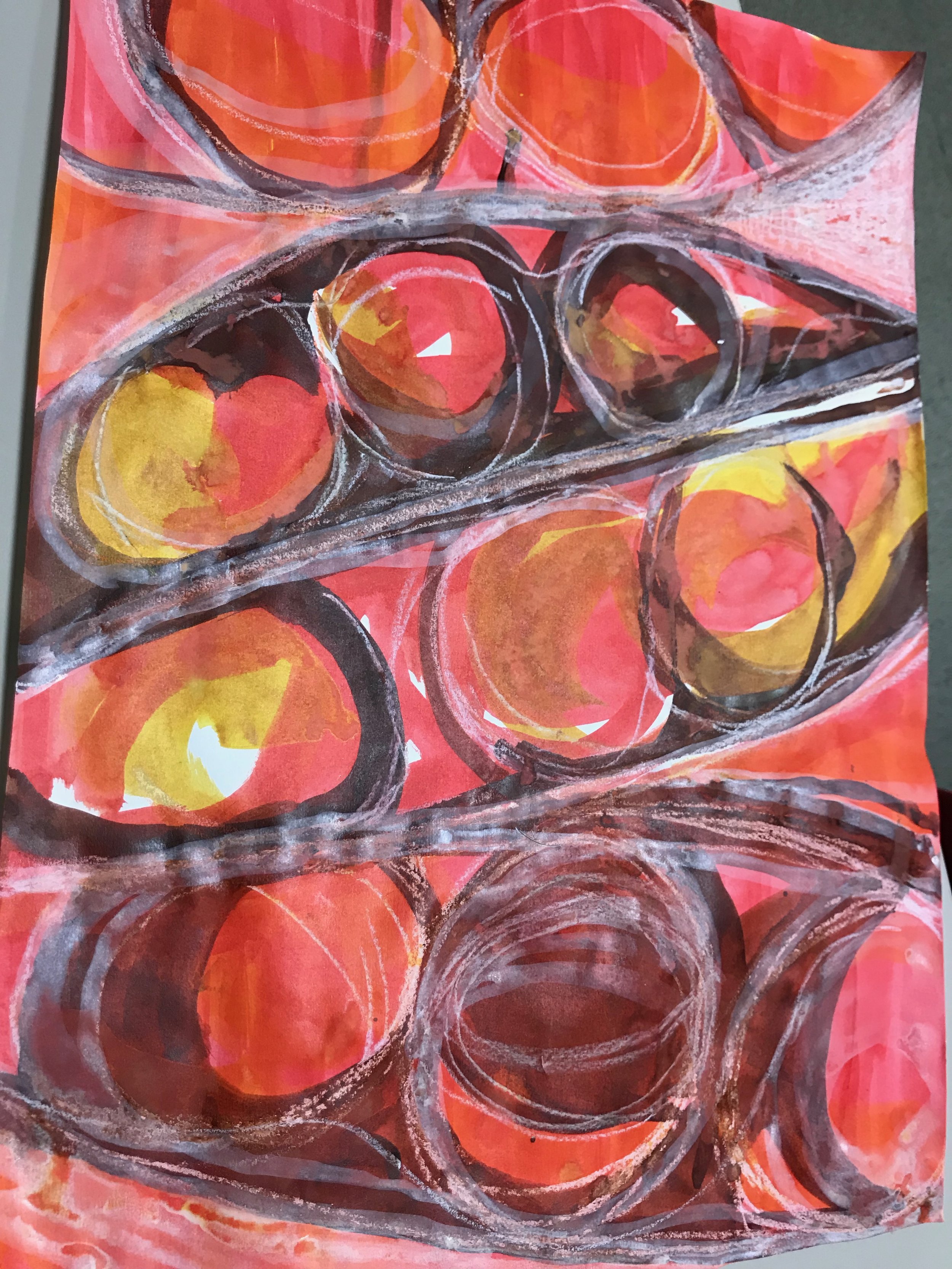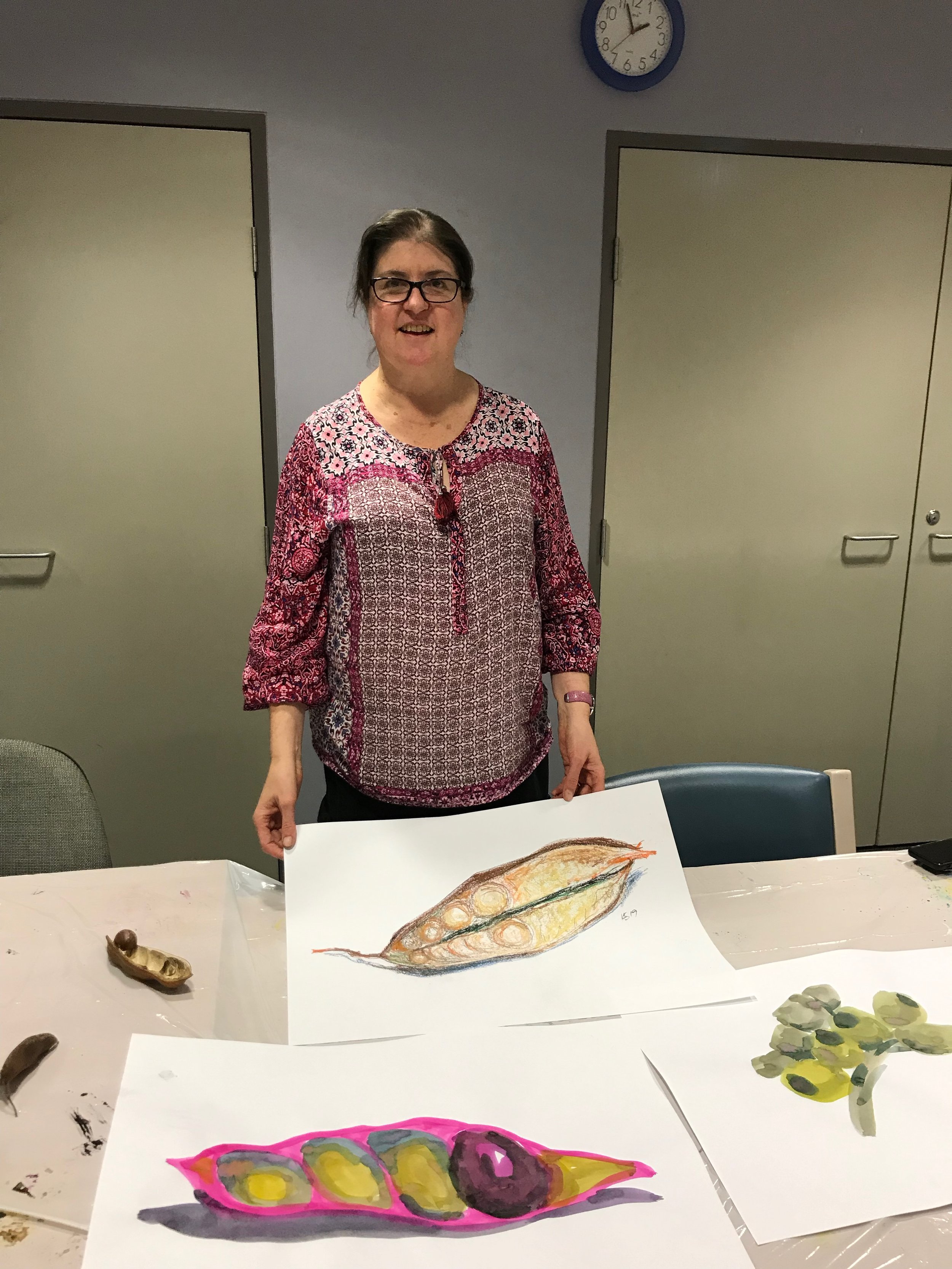Art for better health
http://www.campbelltownredevelopment.health.nsw.gov.au/arts-and-culture
The New South Wales Arts and Health Framework has been developed to strengthen the role of local health services and arts agencies to better identify and develop projects to improve health outcomes. Following on from this, South Western Sydney Local Health District has developed a Health and Arts Strategic Plan
It is our belief that arts and creativity move minds, bodies and spirits towards sustaining healthy lives. It is our determination that the use of the arts in health environments in south western Sydney becomes a robust and accessible element of healing programs; for people living with illness and disability and for the communities and individuals that care for them. (Health and Arts Strategic Plan)
The use of arts in health has a number of positive effects including reductions in medication dependence, patient tolerance of symptoms and treatment, hospital length of stay and treatment stress.
The use of art also fosters social inclusion, community participation, and intergenerational and cultural exchange, with important outcomes for Aboriginal people, culturally and linguistically diverse communities, young people, older people and people with disability.
Art also has positive effects for staff, with improvements in health professionals’ communication skills, reductions in work-related stress, and greater efficiency and workforce retention.
Partnerships between health services and arts organisations and artists also delivers better outcomes for patients, carers, staff and health services, and strengthens relationships with the broader community.
What we are doing
Art is an important component of the Campbelltown Hospital redevelopment as it will inform the overall look and feel of the building while providing new opportunities for therapeutic programmes for the Macarthur community.
The Campbelltown Hospital Redevelopment team has formed a strategic partnership with the Campbelltown Arts Centre to develop arts programs and strategies for the new build and beyond. A working group has been established to create new ideas for integration of arts in health, with representation from across the hospital and the community.
The Project
The aim of the collaboration between Campbelltown Hospital and Campbelltown Arts Centre is to place community, culture and creativity at the heart of the stage two redevelopment of Campbelltown Hospital. Artists have been invited into this capital program to bring new ideas that will inform the design of the new hospital. Two artists have been commissioned to date on the project:
Erica Seccombe, is an artist who has found growing evidence through academic empirical studies that by incorporating nature into a hospital environment, these places of reflection or interaction, can enhance the healing process. Nature, or the sense of being in contact with nature, can relieve some of the stress and unease that comes with a hospital experience. Working collaboratively with a range of community and health interest groups and stakeholders Erica will develop a series of responses which consider ideas of intervention and create experiences of nature to support a feeling of well-being throughout the hospital.
erica Seccombe:
Artistic response
What does a hospital feel like?
This is the title of the project I was asked to consider in context of the brief and the guiding principles.
Guiding principles
Create a sense of confidence, trust & empowerment for patients, carers, community and staff
Be patient focused providing collaboration & choice in care decisions
Provide safe, integrated and accessible care options
Be responsive to changes in technology
Support transition across service specialities
Be grounded in research , teaching and education that enables practice translation
Respect, acknowledge and be responsive to cultural protocols and practices
While much research has been undertaken in the design of hospitals, there is much work to be done to understand the concept of ‘feelings’ when patient and staff use the service. I have been asked to work collaboratively todevelop a series of responses with the community and current and past patients and staff in mind.
A large amount of effort is focused on the practical design of the main functions of hospitals (including wards, theatres, the outside grounds and reception), but the significant physical imprint of the hospital ‘non-spaces’ such as corridors, retail and entrances will form a critical part of the, “What should a hospital feel like?” response, creating a sense of place and local identity.
The project will use arts and culture to provide opportunities for positive, extraordinary and memorable encounters for patients, carers, community and staff regardless of age, cultural identity, gender or ability.
This project will be in-line with the South Western Sydney Local Health District’s Vision, “Leading care, healthier communities.” and South Western Sydney Health and Arts Strategic Plan 2018-2023.
Slides show 2: Drawing from Nature Workshop 11 May, Campbelltown Art Centre




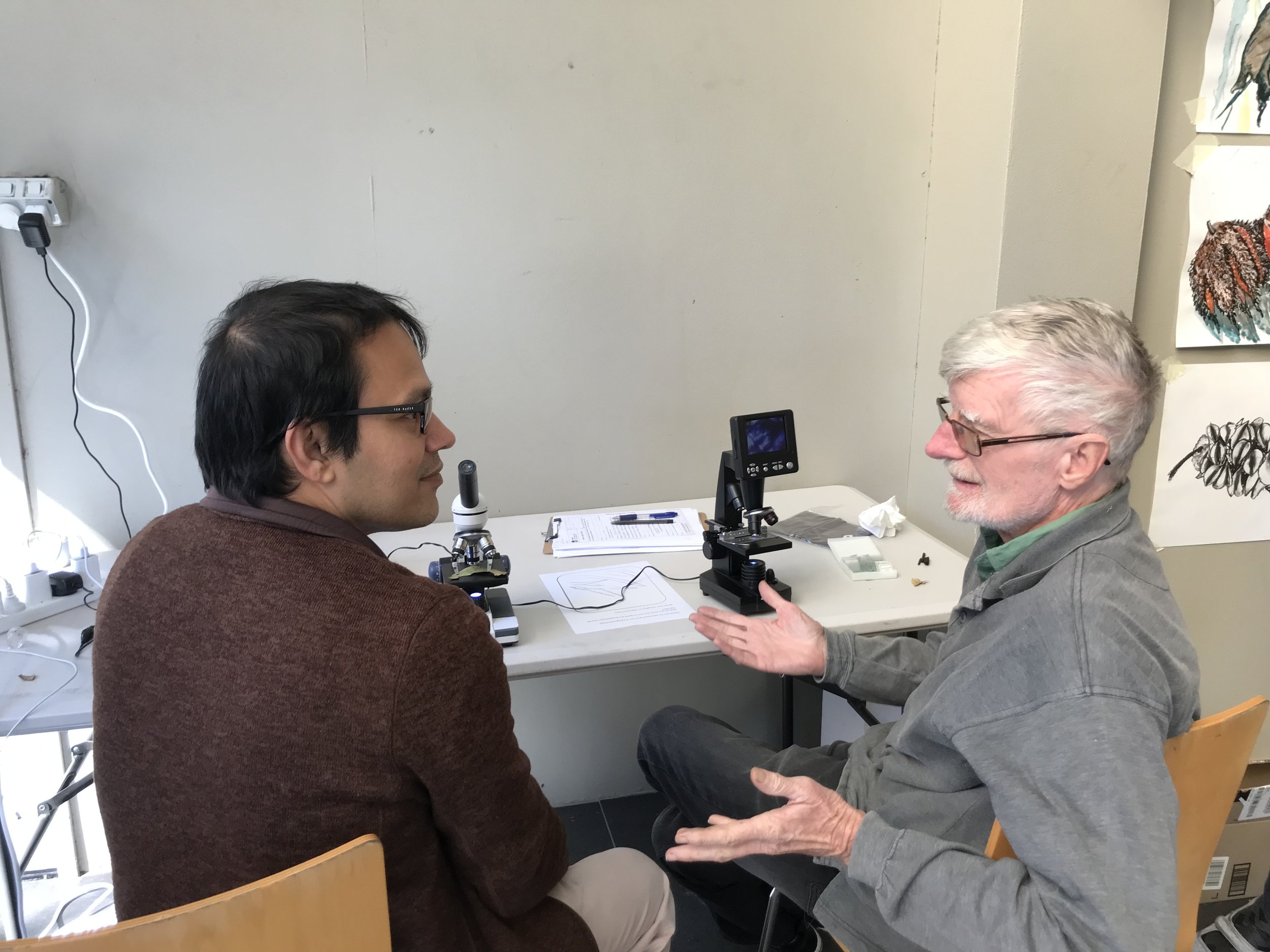




The first stone was turned in April, beginning the exciting stages of excavation in the Campbelltown Hospital Rebuild 2019.
In the early stages of this project Erica has responded in the following ways.
There is growing evidence through academic empirical studies that by incorporating nature into a hospital environment, as places of reflection or interaction, can enhance the healing process.
ture, or the sense of being in contact nature, can relieve of some of the stress and unease that comes with a hospital experience.
Historically gardens have always been considered a place of healing. The importance of access to the landscape appears to be as relevant as ever in the context of modern urban lifestyles but the need for better evidence and understanding remains.
Does nature have to be ‘real’ to benefit from it?
The experience of nature, through both real and artificial has a significant positive impact and restorative influence the human psyche and physical well being.
In Technobiophilia: nature and cyberspace, Sue Thomas discusses how encounters with ‘real’ nature have long been proven to be psychologically beneficial but how the experience of nature in a ‘virtual’ situation can be just as profound as the real thing.
This argument follows the idea that because an increasing number of people are now living in built environments and have less opportunity to interact with nature, experiences that evoke virtual contact with nature are equally affecting.
As Thomas writes, ‘there is increasing evidence that we respond very similarly to a ‘natural’ environment, whether it’s real or virtual.’
Preliminary outcomes: Community drawing workshops 10-14 May
Drawing from Nature
10 May, 10am-1pm, Mt Annan Plant Bank.
11 May, 10 am - 3pm, Campbelltown Art Centre
13-14 May, Campbelltown Hospital staff and patients, paediatrics, mental health, adolescents, inpatients and outpatients, staff.
“In each workshop, participants will start by saying to me, ‘I don’t draw’ or ‘I’m no good at drawing.’ Within minutes of being enabled, a paintbrush in hand and a plant specimen for inspiration, all self-consciousness and fear quickly dissipates as each individual’s creative spirit is revealed. ”
Slides show 1: Drawing from Nature Workshop 10 May, Mt Annan Plantbank.











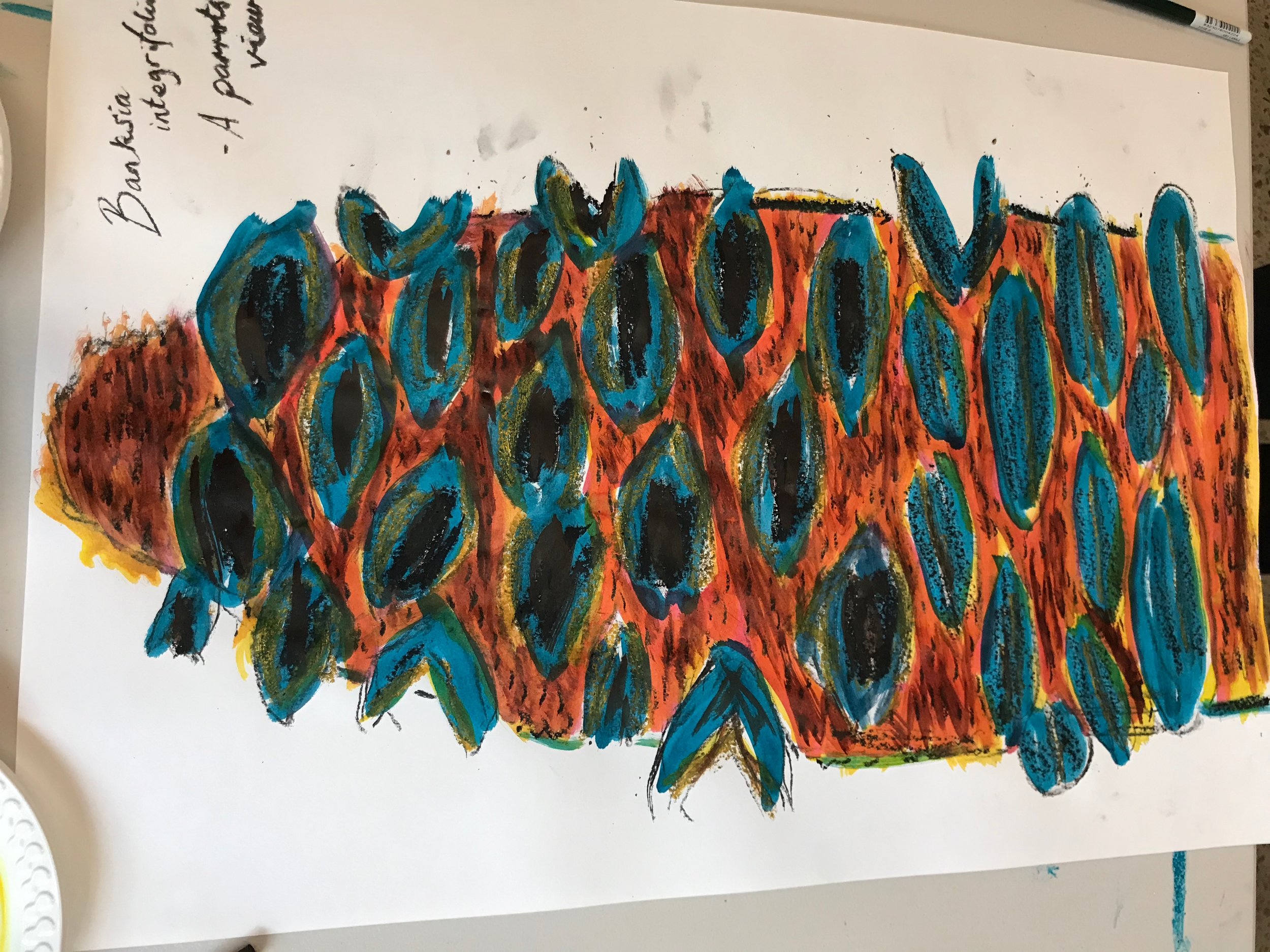







Participants of all ages and levels of experience were invited to join visual artist, Erica Seccombe to explore different materials and techniques for observational drawing; inspired by the natural world of plants. Using microscopes and magnifying glasses, this drop-in workshop encouraged artistic exploration and conversation around the ways in which we interact within the cultural and environmental landscapes of Campbelltown.
“Looking down a microscope combined with the embodied process of drawing creates a shared, safe and reflective experience. Connections and friendships are made easily between participants. Conversations flow about how the new hospital should feel, and the importance of nature in and around the wards was a strong connecting thread. ”
Slide show 3: Drawing from nature workshop, 13-14 May, Campbelltown Hospital. (Selected images only)


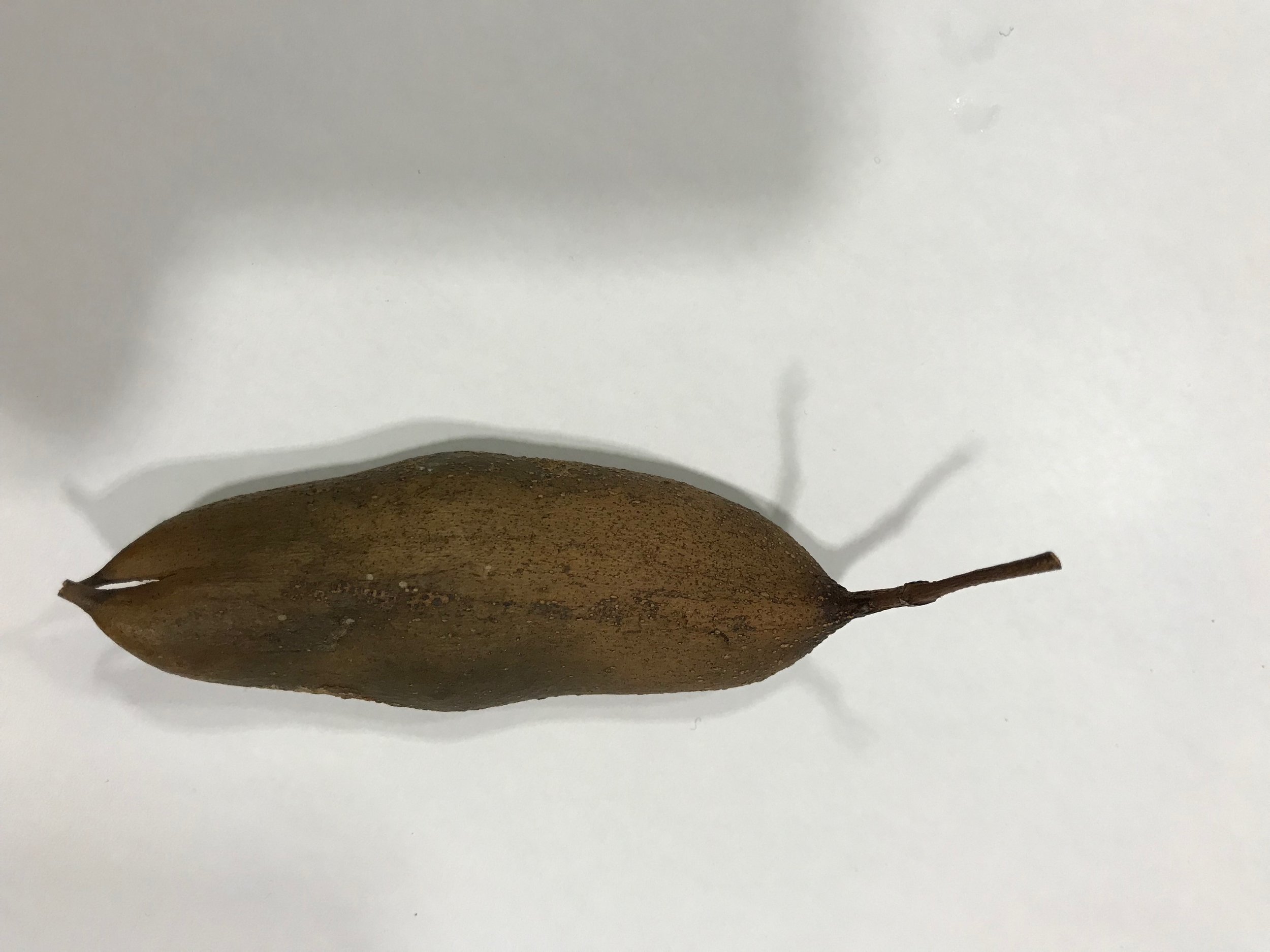

The drawings created in this session will contribute to how Campbelltown Arts Centre is assisting local communities to engage with the redevelopment of Campbelltown Hospital. As the experience of nature is often the connecting thread between different communities, the workshop will focus on the importance of care and wellbeing through the exploration of plants.
“Working on these first stages of engagement I met so many people from different parts of the community, and I was really honoured by how generous everyone was with each other, and with me. It was clear that the residents of Campbelltown and surrounds are ready to collaborate on the final project when it is proposed. ”
